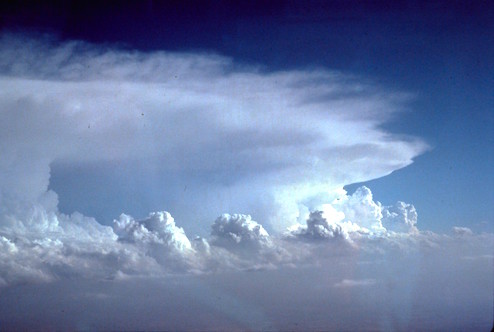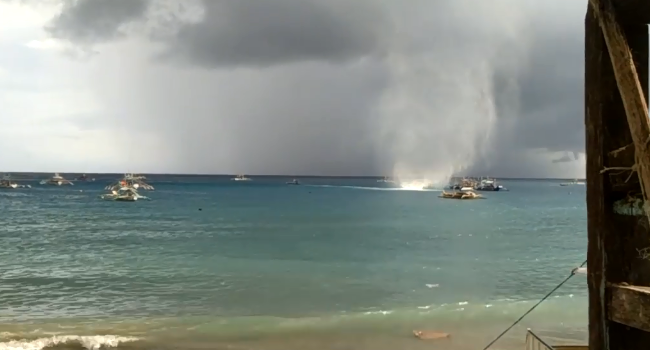Tornado Vs Waterspout – How Are They Different?
TORNADO VS WATERSPOUT – In this article, we will learn about the differences between a tornado and a waterspout.

Both tornadoes and waterspouts appear similar in characteristics. The two are intense spiral, columnar vortex that extends to the clouds.
Tornadoes and Waterspouts both are pendant from a cumuliform cloud. However, there are still differences between the two phenomena.

Waterspouts could be seen as a weaker version of a tornado. This is because waterspouts, as the name implies, forms in the water.
Tornados, on the other hand, are formed in Land. Adding to this, waterspouts are also classified as a type of tornado.
The waterspout is weaker than land tornadoes due to the force of friction being weaker over water. This means there is less air available to be drawn into the circulation or vortex.

However, there are exceptions to this case. There are times where tornadoes from land moves over to water.
Waterspouts also sound a bit more lighthearted and less “scary” compared to a tornado. It could even be heard in children’s songs like the itsy bitsy spider, although that’s an entirely different spout.
Waterspouts come in two classifications. Fair-weather waterspouts and Tornadic waterspouts.
Tornadic waterspouts are created during intense thunderstorms. These are the most dangerous waterspouts but are less common.
Fair-weather waterspouts occur frequently and develop from slower-phased developing storm systems. Both types require humidity and warm water temperature.

Waterspouts also have the potential to turn into land tornadoes if they reach the shorelines into the mainland. Tornadoes could also turn into waterspouts if they reach the sea.
Based on an article from MSN, most waterspouts have wind speed of only F0 on the Fujita Scale. This ranks them on par with the weakest tornadoes.
Like this article? READ ALSO: Tornado Spotted In Camarines Sur, Plowed Houses For About 15 Minutes

I need money